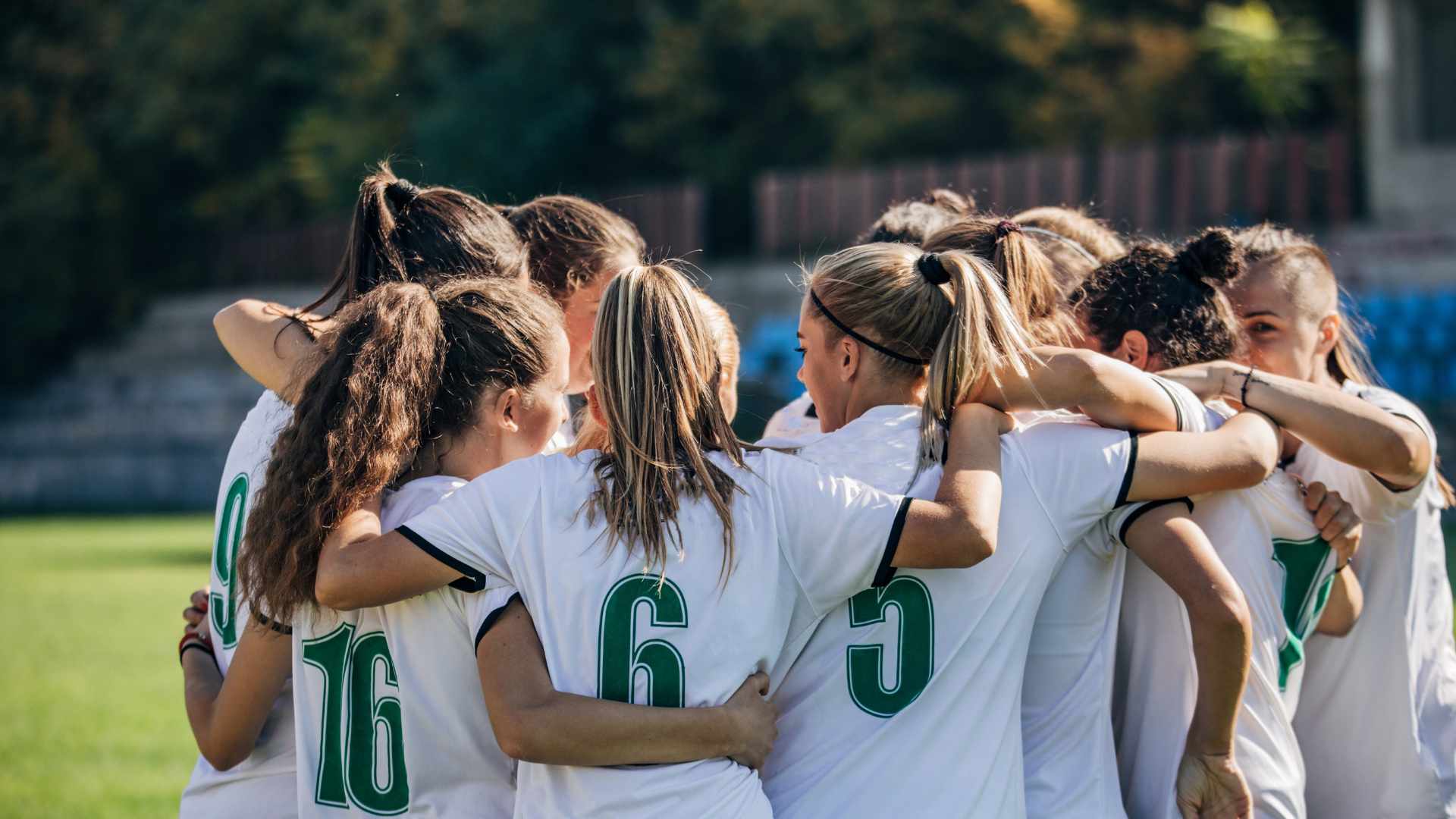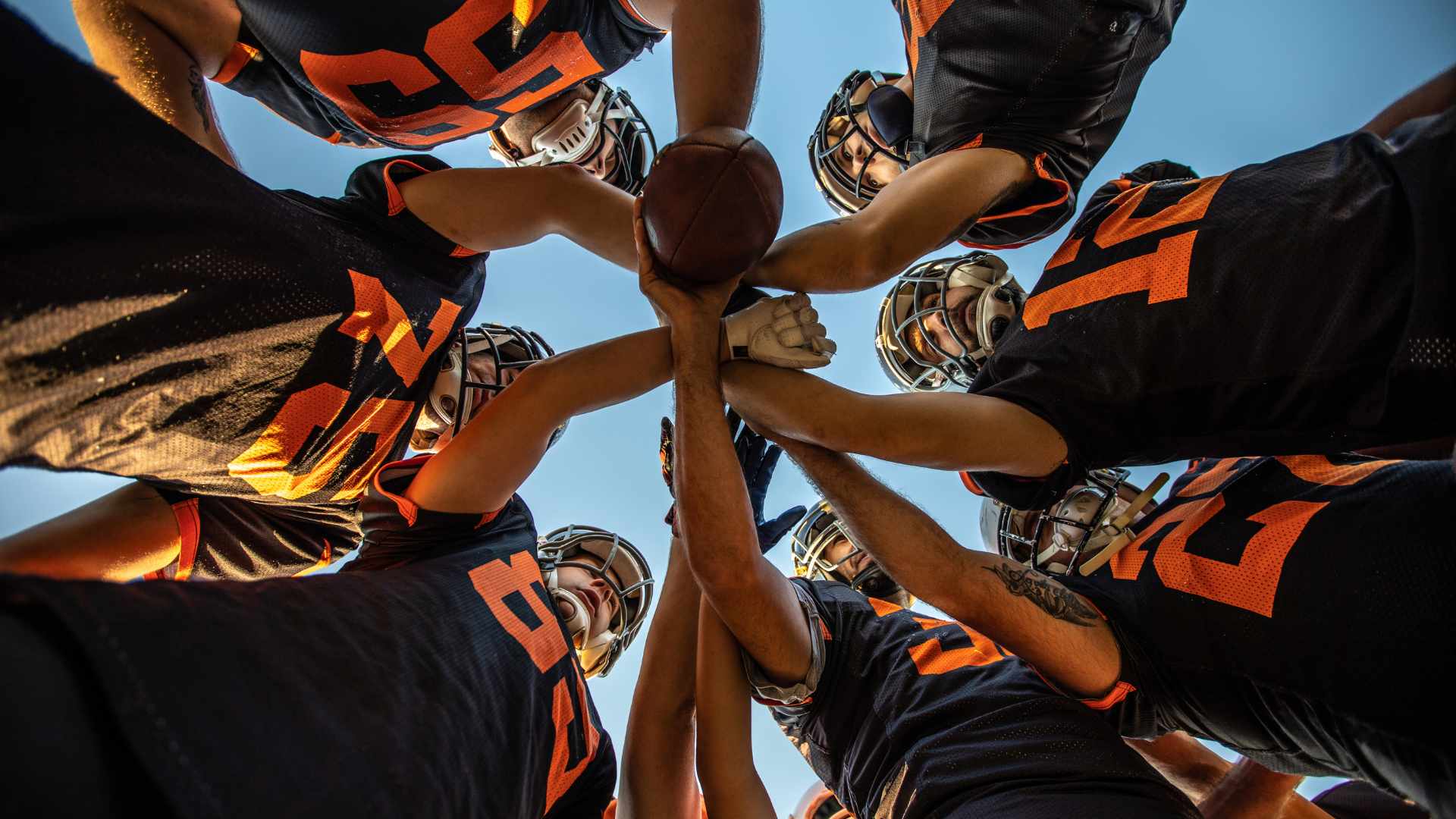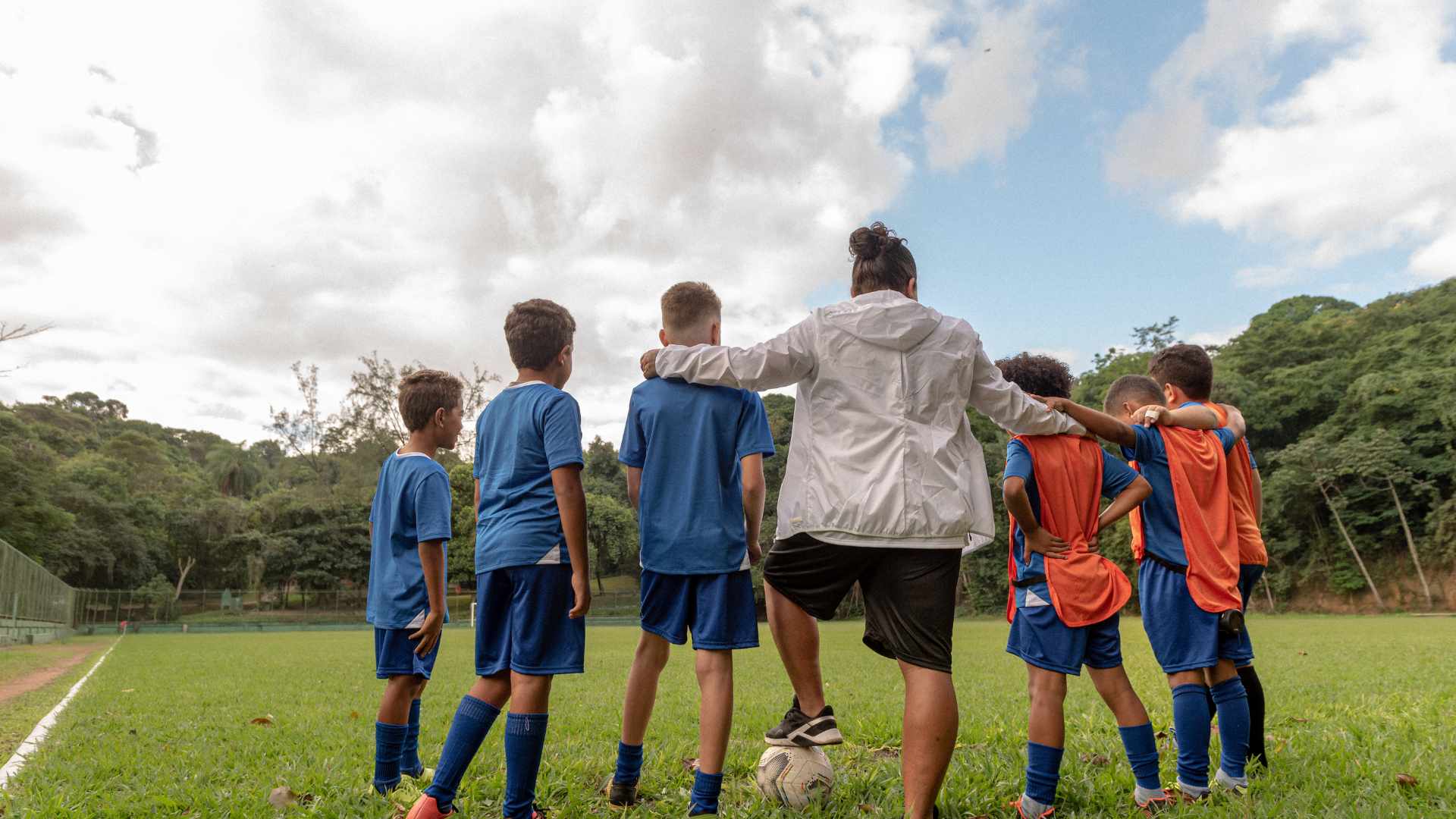
What Role Does Community Outreach Play In Team Loyalty?
When fans think of loyalty, they often envision cheering in the stadium, donning team colors, or following match-day rituals. But in modern sports, loyalty doesn’t begin and end on game day. Community outreach the team’s engagement beyond its core events plays a crucial role in deepening and sustaining that bond.
A team that steps into its community doesn’t just win applause it builds trust, identity, and shared purpose.
Why Community Outreach Matters?

Emotional Connection & Shared Values
Fans don’t just support a brand or a set of players they support a story, values, and a purpose. When a team invests in local causes youth development, health, education. it aligns itself with the values and aspirations of the community. That alignment triggers emotional bonds, because supporters feel the team is “one of us.”
Visibility & Relevance
Outreach ensures that the team is visible even when there’s no match around the corner. Whether through school visits, charity events, or free clinics, the team becomes part of community life. Over time, that sustained visibility helps the team remain relevant, even in inactive periods.
Trust & Reciprocity
A team that gives back earns goodwill. Fans are more forgiving of losses or missteps when they see the team is invested in the welfare of the community. Outreach fosters a sense of reciprocity: “We support you, so you support us.” This trust helps form a resilient base of loyalty.
Outreach as a Driver of Fan Loyalty
Community outreach isn’t just charity it’s strategy. By working with schools, charities, and grassroots organizations, teams cultivate future fans while also fortifying bonds with existing ones.
Kids who first meet their sports heroes at a local event often become lifelong supporters. Families touched by a team’s outreach initiatives frequently remain loyal even through difficult seasons.
In fact, outreach programs also help differentiate one team from another. In cities where multiple franchises compete for attention, being the team that actively invests in the community can tilt loyalty in their favor.
To understand how teams have historically built such deep community ties, you can explore The Sports Timeline, which documents the evolution of teams, their outreach efforts, and their impact beyond the game.
Best Practices for Effective Community Outreach

- Align with authentic community needs
Outreach should not be superficial. Teams must identify genuine local needs education, health, sport access and craft initiatives that resonate and deliver impact. - Sustain, don’t just launch
One-off events are nice, but continuous programs yield long-term trust. - Partner locally
Collaborate with schools, nonprofits, civic bodies so efforts are scaffolded and credible. - Involve team members
When players, coaches, or staff actively participate, it humanizes the brand. - Measure & adapt
Feedback loops, metrics (participation, surveys, social impact) help refine outreach.
Conclusion
Community outreach is more than goodwill. it’s a strategic bridge between a team and its supporters. It transforms mere spectators into stakeholders. A fan who sees their team contributing meaningfully to their community, empowering youth, or improving lives, is far likelier to stay loyal through ups and downs.
Over time, that loyalty becomes woven into the social fabric of the area, making the team not just an entertainment asset but a communal identity.

